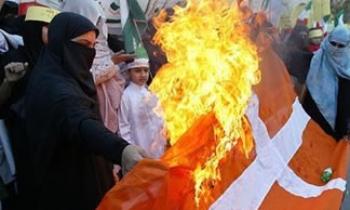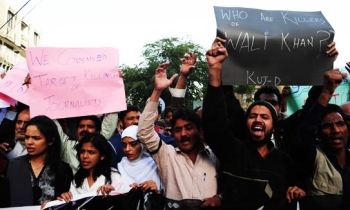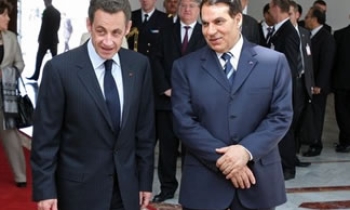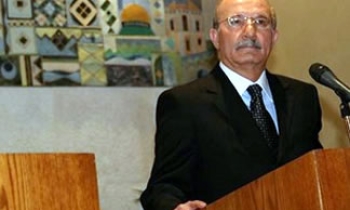NEW DELHI, August 1: Magazines in India are just too cheap for comfort when it comes to comparing prices internationally. This is one of the malaises plaguing the magazine industry in India, according to Aroon Purie, chief executive officer (CEO) and editor-in-chief, India Today Group.
The ridiculous pricing strategies of magazines was actually harming the industry, Purie held. It is high time that magazines started jacking up their cover prices, he said. Purie was delivering his opening remarks on "Challenges and opportunities for magazines".
The pricing policy was essentially a fallout of that of newspapers which, he said, were continuing to offer invitation prices to readers for almost a decade now. Quite often, the price of a newspaper was even less than its raddi (junk) value, Purie regretted. Thankfully, he noted, things on this front were beginning to change.
Magazine sales in India come mainly from the newsstands, and barely five per cent of the circulation comes from subscriptions. Purie cited the instance of Readers Digest which is a success story of sales being generated mostly from subscriptions by leveraging its database. Even the distribution structure, he said, is still evolving, and in most places the magazines have to delivered by hand.
The total reach of the 300-odd magazine titles had declined by 6 per cent from 76 million in 2003 to 74 million in 2005. The top magazines, however, had increased their circulation by 10 per cent during the same period. Newspapers, on the other hand, had grown from 165 million to 198 million during the same period. The future, Purie said, lay in special interest magazines.
Elaborating on this aspect, Purie said there was ample scope of growth for magazines. The press penetration in a country like China with a literacy rate of 91 per cent was 30 per cent. On the other hand India's literacy rate was 61 per cent, while the press penetration was only 23 per cent. The gap, he said, was enormous in India, and should be exploited by magazines.
Though the share of print advertising in itself had gone down, Purie said, in absolute terms it had still showed an increase. In the last one year, magazine advertising had increased from Rs 500 crore to Rs 535 crore — an absolute growth of 12 per cent.
Purie cited the existence of service industries like hotels, BPOs, retail, etc, and said there was enormous scope for special interest magazines for consumers, vendors, industry professionals, etc, in these areas. He called for mindset changes, and said that in the future there would be more conglomerates of specialised magazines.
He also dwelt at length on the advantages of magazines. Magazines are consumer friendly in being portable and convenient to read. The shelf value is higher, and the pages don't even turn yellow over time. Magazines are also advertisement-friendly since the there is no intrusive advertising which hampers the reading process.
Advertising in a magazine is more cost-effective, he said, since advertisements are more targeted. Purie said it had been proven through studies in the West that magazine advertising was twice as effective as television in terms of catching the consumer's attention, and generated 50 per cent more sales for advertisers than from television.
The essence of magazine publication is not just about putting ink on paper, but also about creating the right reading environment. It is about what you build around the magazine, the way you engage your reader offline, asserted Purie. Magazines, he concluded, are where things happen. "So, let us make it happen."









